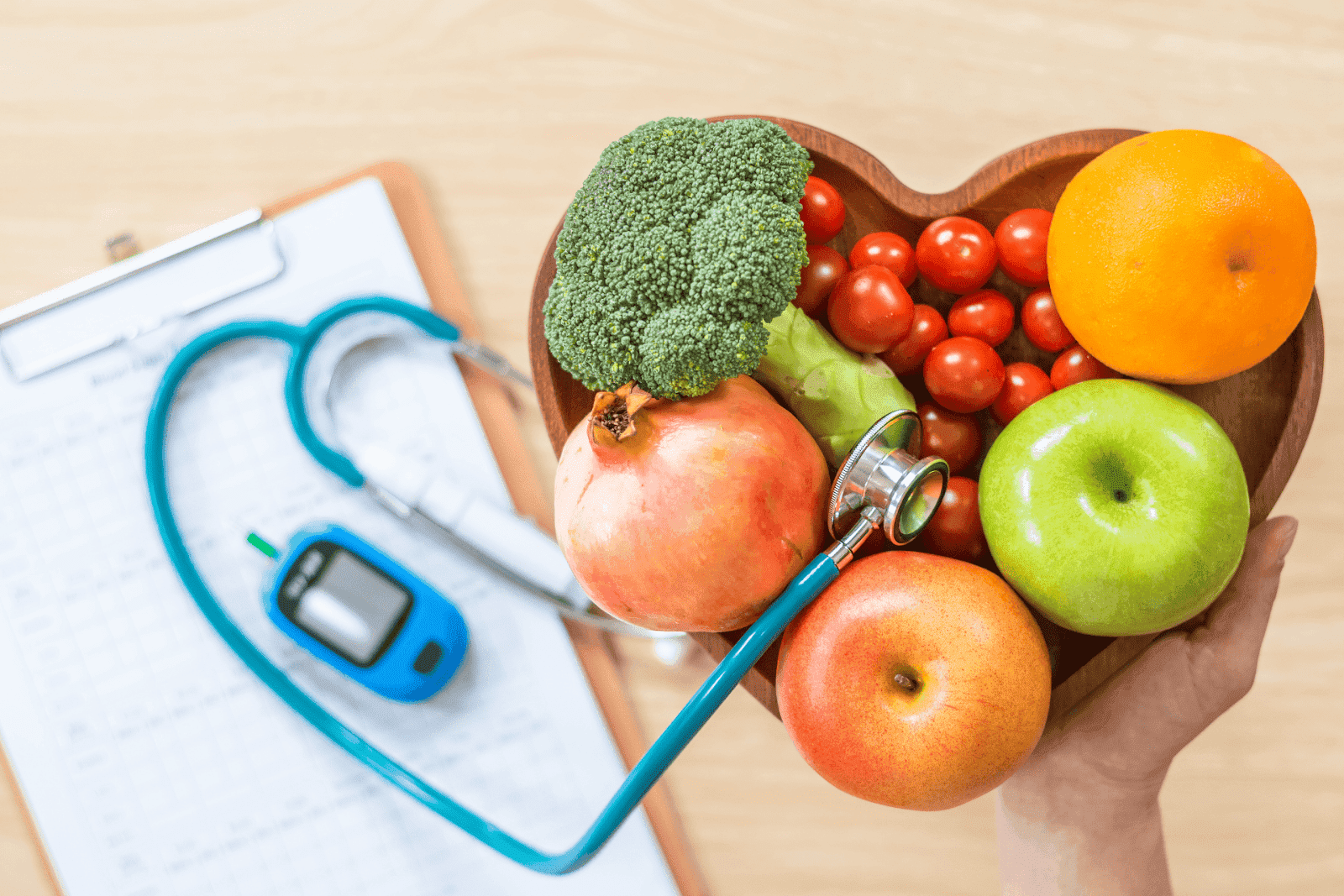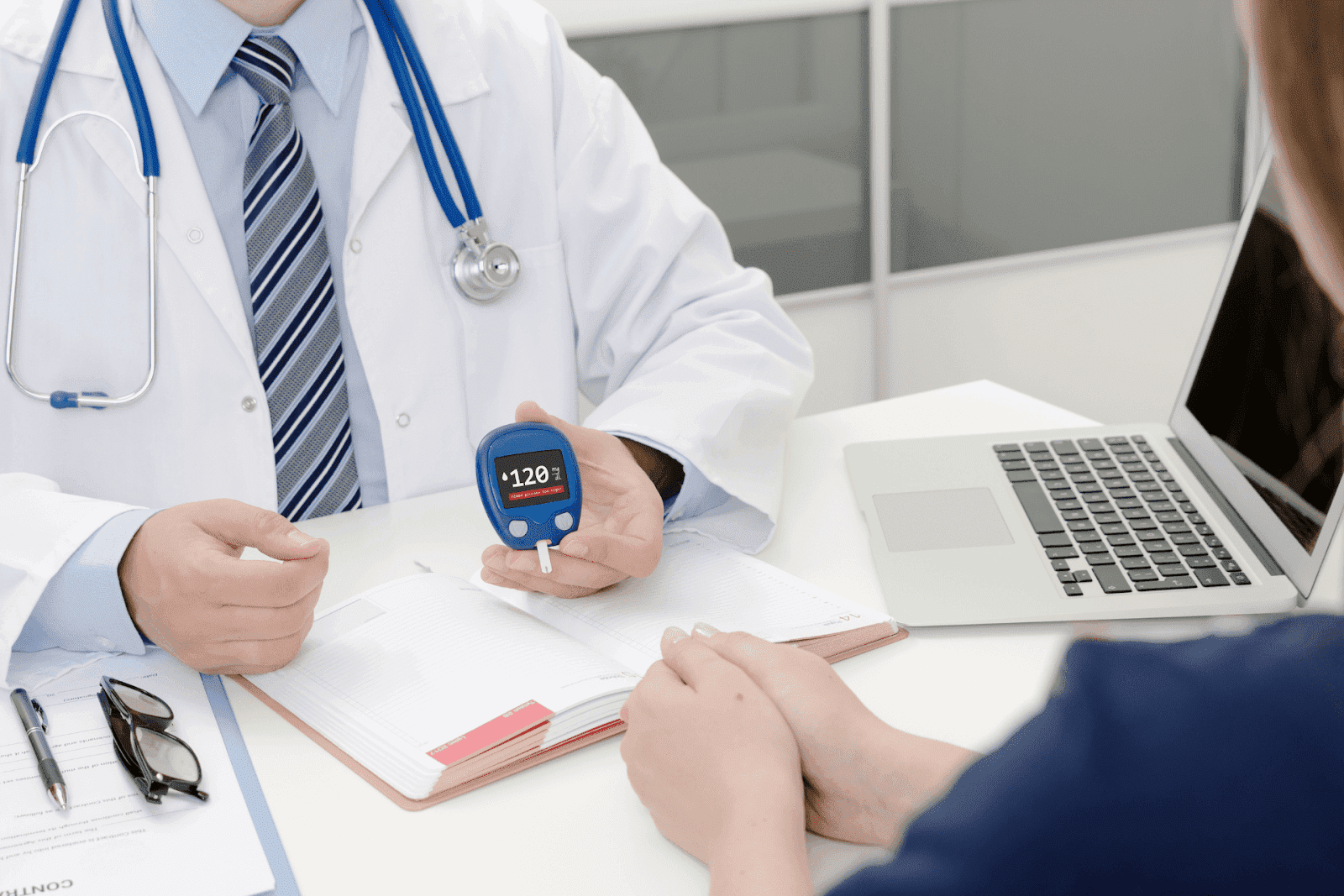Natural Alternatives to Mounjaro
Mounjaro, a medication known for its effectiveness in managing type 2 diabetes and promoting weight loss, has gained significant attention in recent years. While it offers [...]
Read More
Medically reviewed by Abhijit Bhattacharyya | MD, PhD, MBA, Tufts University School of Medicine - Miami, Florida on October 13th, 2025.
Mounjaro, a medication known for its effectiveness in managing type 2 diabetes and promoting weight loss, has gained significant attention in recent years. While it offers promising results, some individuals seek natural alternatives that align better with their lifestyle or avoid pharmaceutical interventions. Exploring natural options can provide complementary or standalone approaches to health management, particularly for individuals seeking holistic care.
Natural alternatives often emphasize a balanced diet, regular exercise, and herbal supplements that support blood sugar regulation and overall metabolic health. These methods can be effective when combined with professional medical advice and regular monitoring. It is important to remember that every individual’s health needs are unique, and consulting a healthcare provider is essential before making any changes to treatment plans.
For those considering alternatives to Mounjaro, telehealth services like Doctronic.ai provide an excellent resource. Doctronic offers AI-powered medical consultations and affordable video visits with licensed doctors across all 50 states, making it easier to discuss natural treatment options and receive personalized recommendations without leaving home.
This article explores some of the most effective natural alternatives to Mounjaro, highlighting their benefits, scientific backing, and how to integrate them safely into your health routine.
 Understanding Mounjaro and Its Role in Health Management
Understanding Mounjaro and Its Role in Health ManagementMounjaro is primarily prescribed for managing type 2 diabetes and promoting weight loss through its action on blood sugar levels and appetite regulation. It belongs to a class of medications that mimic natural hormones to improve insulin sensitivity and reduce hunger, which can be highly effective for many patients. The active ingredient in Mounjaro, tirzepatide, has shown promising results in clinical trials, leading to significant reductions in HbA1c levels and weight loss in individuals with type 2 diabetes. This dual action not only aids in glycemic control but also addresses one of the major challenges faced by patients: obesity, which is often linked to diabetes and can complicate treatment outcomes.
However, some people experience side effects or prefer to explore natural methods for managing their condition. Natural alternatives focus on lifestyle changes and supplements that support the body’s ability to regulate blood sugar and metabolism without relying on synthetic drugs. These alternatives can include dietary modifications, such as incorporating more fiber-rich foods and healthy fats, which help stabilize blood sugar levels. Additionally, regular physical activity is crucial; exercise not only enhances insulin sensitivity but also contributes to weight management. Supplements like chromium, cinnamon, and berberine have gained popularity among those looking to complement their diabetes management plan with natural options. These substances may help improve insulin function and glucose metabolism, offering a holistic approach to health management.
One of the most effective natural strategies for managing blood sugar is adopting a diet rich in foods with a low-glycemic index (GI). These foods cause a slower, steadier rise in blood glucose levels, helping to maintain balance throughout the day. Examples include whole grains, legumes, nuts, and most vegetables.
Replacing high GI foods like white bread, sugary snacks, and processed cereals with low GI alternatives can reduce blood sugar spikes and improve insulin sensitivity. Consistent consumption of these foods supports long-term metabolic health and can complement any medical treatment. Additionally, incorporating a variety of low-GI foods can enhance meal satisfaction and provide a broader range of nutrients. For instance, quinoa, a low-GI grain, is not only rich in protein but also packed with essential vitamins and minerals, making it an excellent choice for a balanced diet.
Fiber plays a crucial role in slowing glucose absorption and improving digestion. Soluble fiber, found in oats, apples, and flaxseeds, forms a gel-like substance in the gut that helps regulate blood sugar levels. Studies have shown that higher fiber intake is associated with better glycemic control and reduced risk of diabetes complications.
Incorporating fiber-rich foods into daily meals not only benefits blood sugar but also promotes heart health and weight management, which are vital for people managing diabetes or metabolic syndrome. Furthermore, the consumption of insoluble fiber, found in whole grains and vegetables, helps promote regular bowel movements and can help prevent constipation. The dual benefits of soluble and insoluble fiber make it essential for anyone looking to improve their overall health. Creative ways to increase fiber intake include adding chia seeds to smoothies, snacking on raw vegetables with hummus, or enjoying a hearty bean salad for lunch, all of which can make a significant difference in daily dietary habits.
Regular exercise is a cornerstone of natural diabetes management. Physical activity enhances insulin sensitivity, enabling cells to utilize glucose more efficiently. Both aerobic exercises, like walking, cycling, and swimming, and resistance training have been shown to improve blood sugar control.
Even moderate exercise, such as 30 minutes of brisk walking most days of the week, can significantly reduce blood sugar levels and support weight loss efforts. Exercise also improves cardiovascular health and mental well-being, making it a holistic approach to managing chronic conditions.
Cinnamon has been studied for its potential to lower blood sugar by mimicking insulin and improving glucose uptake in cells. Some clinical trials suggest that cinnamon supplementation can reduce fasting blood glucose and improve lipid profiles, although results vary.
Adding cinnamon to meals or taking it as a supplement may offer mild benefits, but it should not replace prescribed medications without consulting a healthcare provider.
Berberine, a compound extracted from several plants, has gained popularity for its ability to regulate glucose metabolism and improve insulin sensitivity. Research indicates that berberine’s effects on blood sugar can be comparable to some pharmaceutical drugs, making it a promising natural alternative.
However, berberine can interact with other medications and may cause digestive side effects, so professional guidance is recommended before starting supplementation.
Fenugreek seeds contain soluble fiber and compounds that may help lower blood sugar levels. Studies have shown fenugreek to improve glucose tolerance and reduce insulin resistance in some individuals.
Incorporating fenugreek into the diet, either as seeds, powder, or supplements, can be a supportive natural strategy, particularly when combined with dietary and lifestyle changes.
While natural alternatives can be effective, monitoring blood sugar levels regularly is essential to ensure safety and efficacy. Many people find telehealth services, such as Doctronic.ai, invaluable for this purpose. Doctronic’s AI-powered platform offers fast, evidence-based medical advice and affordable video visits with licensed doctors who can help tailor natural treatment plans to individual needs.
Doctronic’s unique AI doctor remembers your medical history and provides personalized care instantly, making it easier to manage chronic conditions like diabetes from the comfort of home. This blend of technology and human expertise supports safe transitions to natural alternatives or complements existing medication regimens.
Before making any changes to your treatment plan, it is crucial to consult with a healthcare professional. Natural alternatives can interact with medications or may not be suitable for everyone, especially those with complex health conditions.
Using telehealth platforms such as Doctronic.ai allows for convenient access to medical advice, ensuring that natural strategies are integrated safely and effectively. This approach empowers patients to take control of their health with confidence, backed by the latest medical knowledge synthesized by AI and expert doctors.
 Embracing a Holistic Approach to Health
Embracing a Holistic Approach to HealthNatural alternatives to Mounjaro offer a variety of options that focus on diet, exercise, and herbal supplements to support blood sugar management and overall well-being. While these methods may not replace pharmaceutical treatments in all cases, they provide valuable tools for many individuals seeking a more holistic approach.
Combining natural strategies with professional guidance, especially through innovative telehealth services like Doctronic.ai, can enhance outcomes and improve quality of life. By staying informed and proactive, patients can navigate their health journey with greater confidence and control.
Embrace the future of health management with Doctronic, where cutting-edge AI meets compassionate care. Our platform offers you the most up-to-date, peer-reviewed medical insights tailored to your unique health profile. With over 10 million satisfied users, Doctronic is your go-to for free AI doctor visits and affordable telehealth video visits, available 24/7 across all 50 states. Don't wait for answers to your health questions. Skip the line. Talk to an AI Doctor Now, for free.
Mounjaro, a medication known for its effectiveness in managing type 2 diabetes and promoting weight loss, has gained significant attention in recent years. While it offers [...]
Read More